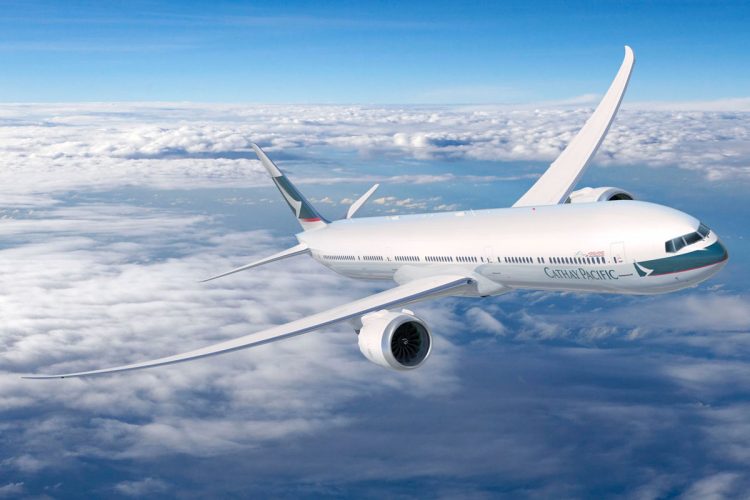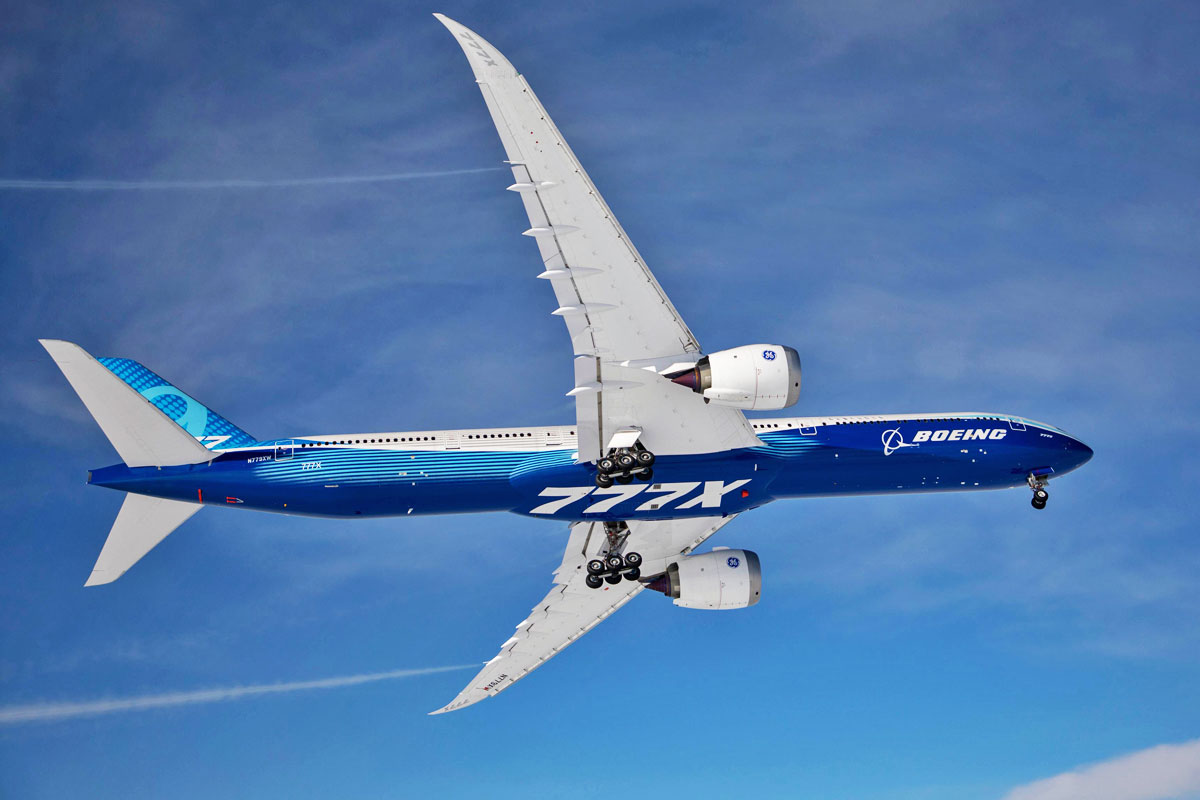Boeing plans to carry out a new certification flight with the 777X this Thursday, says the profile of Twitter Paine Airport, which tracks the movement of aircraft in the manufacturer’s plants.
According to the page, the aircraft “777-9 N779XW scheduled for a functional check flight from Boeing Field on April 23”. Since the beginning of April, activities in the Puget Sound area, which includes the Seattle, Renton and Everett units were suspended, however, the company is partially resuming work.
After several problems, the 777X made its maiden flight on January 25 with the WH001 test aircraft. Boeing also has three other prototypes of the jet, registration N779XX, N779XY, N799XZ.
The global coronavirus crisis, however, will further delay the program that expects to obtain FAA and EASA certification in 2021 and deliver the first plane to Lufthansa at the end of next year.
With a capacity to carry more than 420 passengers in two classes, the 777-9 is the largest twin-engine passenger jet ever created. Its range is 8,200 nautical miles (15,185 km), which makes it able to fly from almost all international destinations on the planet.
Withdrawals ahead?
According to Boeing, the 777X is 20% more economical than an A380 and 10% more efficient than its direct rival, the A350-1000. To date, the planemaker claims to have 330 orders from eight customers, but rumors suggest that some of them plan to cancel or change their orders.
One of them may be Cathay Pacific, Hong Kong airline that placed an order for 21 777-9 in 2013. According to sources in The Seattle Times newspaper, the company decided to extend leasing contracts for its 777-300ER that would be replaced by the new airplane.

The sharp drop in oil prices is a symptom that could put the entire 777X program at risk. With cheaper fuel, the benefits of a new, more efficient jet are significantly reduced. Between purchasing a new $200 million aircraft and a used jet for $50 million, it is necessary to obtain a very large advantage in operating costs.
The probable oversupply of used jets on the market in the face of the expected reduction in passenger air traffic is also a threat hanging over the minds of Boeing executives. In this scenario, the 777X seems to be a huge headache for the company.

